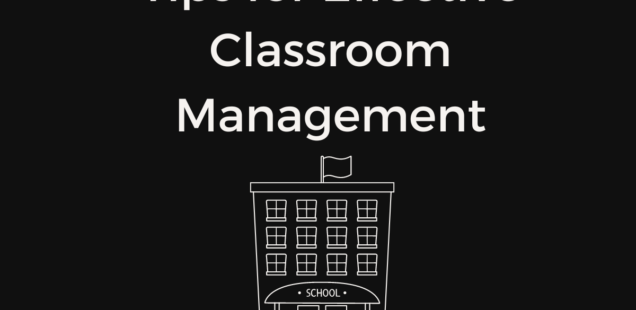
Tips for Effective Classroom Management
Music educators know the importance of classroom management.
We often have ensembles and classrooms filled with students. There are a lot of moving parts to running an ensemble and everyone has to work as a team to make the music happen.
However, even the most seasoned teacher can struggle with getting students to stay focused and remain on task. Even the most seasoned teacher can struggle to have a class function in a productive way. I am speaking from experience!
Sometimes you need to hit the reset button and review your goals, vision, and expectations for your students.
In this article, we will focus on some practices I’ve found to be successful in maintaining a positive and focused classroom. I’ll also share some practices I’ve found to be helpful when you have to hit the “reset” button during class to get kids back on track.
Routines and Expectations
The first practice I’ve found incredibly important in maintaining a positive and motivated classroom is building daily routines and expectations.
Whatever we want our students to do in our ensembles, we must model it, set it as a routine, and practice it.
Students want to do well, but in order to do well, they need structure. Again, clear routines and expectations.
Consider all the aspects of our classes from the time when students walk in to the time they leave our rooms. It’s helpful to think through the routines and procedures we want to happen in our rooms. Think:
- How do you want your students to come in?
- How do you want your students to unpack?
- What do you want your students to do once they have unpacked?
- How do you want your students to pack up?
Consider points in class where students must transition and set a routine and clear expectation.
It has taken me time to learn what routines and expectations I need in my ensemble, but doing so has helped the classroom function much more effectively.
Students immediately come in, unpack, prepare their instruments (rosin and shoulder rests) and sit down within the room in an assigned seat. The expectation I have set is that they begin working on something. Some days it may be something I post or announce at the start of class and other days it is something of their choice.
How do we set these routines and expectations?
Through intentional practice and by walking students through the routines we want them to do.
Post Your Goals
As a part of our routines, we can have our goals for the class or rehearsal posted and visible for students.
This will help direct students to what they should be working on. It can also be a reference that we can refer to throughout the class period if students need to be redirected.
Give Praise
Children want to do well. They want to succeed. Praise can be an effective way to motivate and redirect students.
According to psychologist Daniel Willingham, praise should be specific, sincere, earned, and truthful. Praise should highlight specific behaviors. This is known as evidence based behavior specific praise.
For example, if you are having trouble getting your students on track, find a student who is doing what is right and highlight that students positive behavior. You could say to the student, “I love how _______ is in rest position and ready to play. Excellent work. Can everyone do what ________ is doing?”
This type of praise points out the specific positive behavior and redirects students to what should be done.
Give Cues
Establishing a nonverbal cue that students can identify as a “reset” can be an effective way to get students engaged. Consider any of the following or create your own:
- Rhythmic clap that students can echo back
- Hold your hand up
- Stepping on to the podium
Conclusion
I hope some of these classroom management strategies can prove to be helpful for you.
References:
1. https://www.edutopia.org/article/making-sure-your-praise-effective/
2. https://www.understood.org/en/articles/the-power-of-effective-praise-a-guide-for-teachers